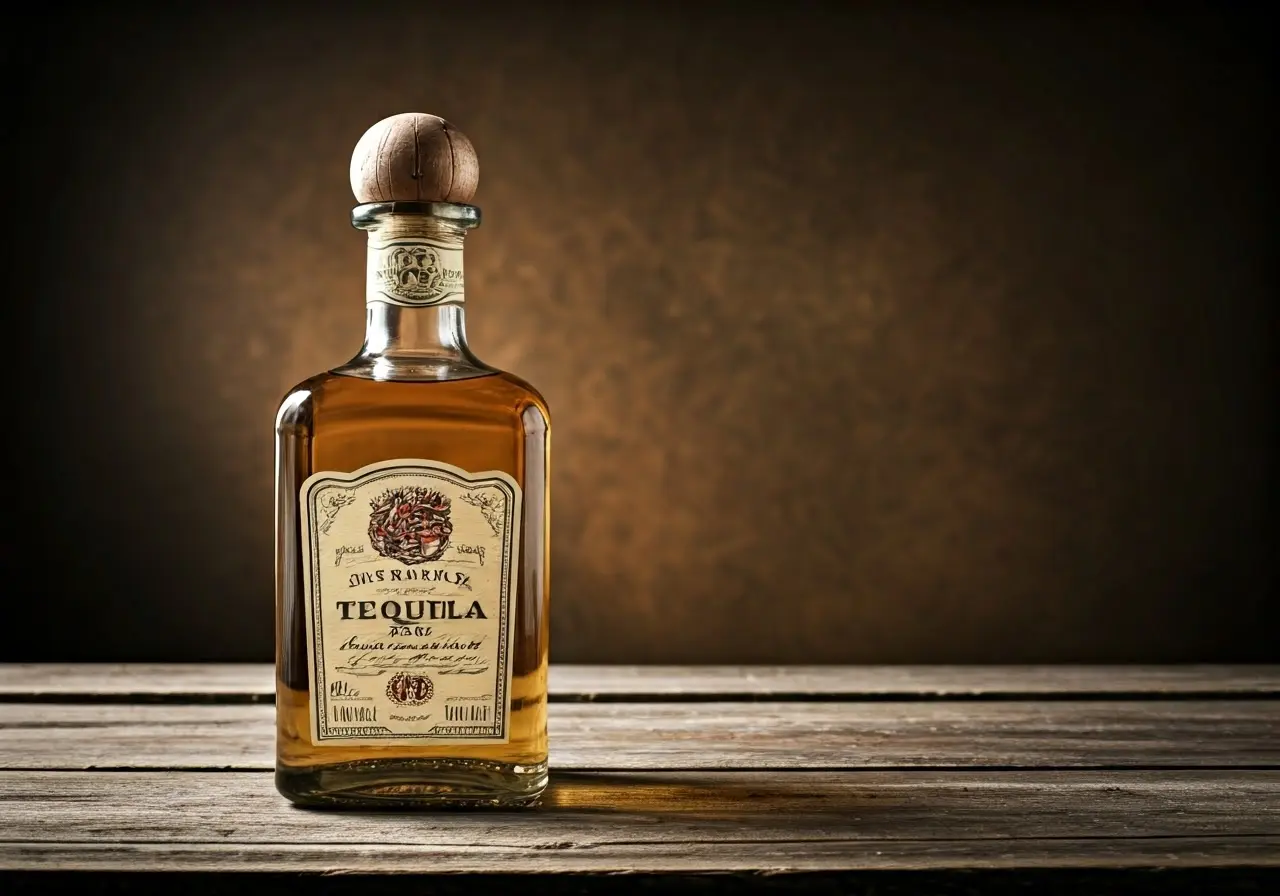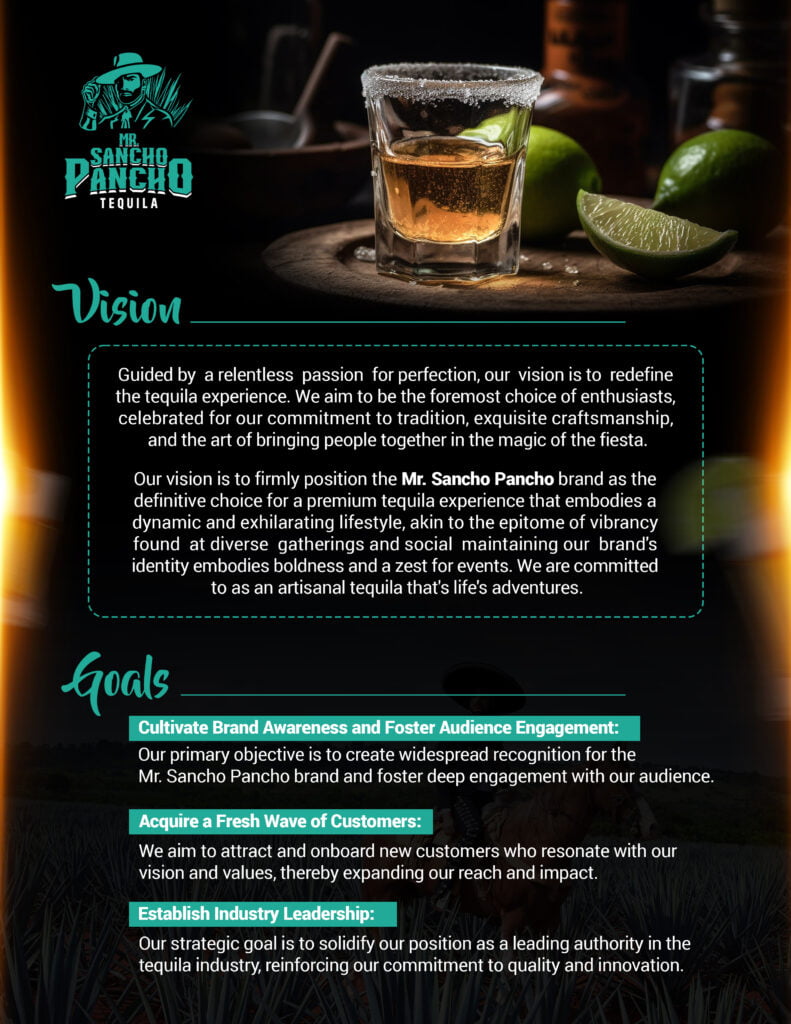Tequila, the iconic spirit of Mexico, has a rich history that transcends beyond a simple drink. Its aging process turns it into a masterpiece, reflecting the cultural heritage and craftsmanship that defines Mexico. In this blog, we explore how aged tequila captures the true spirit of this vibrant nation.
The Historical Roots of Tequila Production
Tequila’s story begins hundreds of years ago with the native peoples of Mexico who first discovered fermenting the juice of the agave plant. Over time, this process evolved with Spanish influences, leading to the creation of what we know today as tequila. Its development is a fascinating tale of cultural exchange and adaptation.
Driven by necessity and ingenuity, the early inhabitants of Mexico utilized the agave plant not only for making drinks but as a central part of their daily lives. The transformation of agave into a distilled spirit reflects an ancient ingenuity, mirroring the broader Mexican cultural paradigm where resourcefulness blends with tradition. The Spanish colonization added another dimension to this story by introducing distillation techniques, which transformed the indigenous fermented drink, ‘pulque,’ into what would become tequila. The fusion of these influences underscores Mexico’s historical embrace of external ideas, integrating them seamlessly into its rich cultural tapestry.
The 17th century saw the first large-scale production of tequila in the state of Jalisco, specifically in the town of Tequila from which the spirit derives its name. This era marks the dawn of tequila as not merely a local marvel but a national emblem. As the industry expanded, it became subject to regulation, establishing the Denomination of Origin status—which protects the name ‘tequila’ worldwide. This official recognition underscores the spirit’s significance and amplifies its historical gravitas. Today, tequila is not just a beverage; it is a cherished part of cultural identity and a link to a storied past that continues to shape Mexico’s national pride.
The Art and Science of Aging Tequila
Aging tequila involves a meticulous process that requires patience and precision. Unlike its younger counterparts, aged tequila spends years in oak barrels, which infuse it with rich flavors and a smooth finish. This combination of art and science creates a harmonious balance, enhancing the depth and complexity of the spirit.
The subtleties involved in aging tequila transform it into an artisan’s canvas, where time and environment play pivotal roles. The choice of barrel, whether it’s American or French oak, introduces distinct flavors during the maturation phase. The porous nature of wood allows tequila to ‘breathe,’ absorbing the flavors and hues imparted by the charcoal-lined interiors. These interactions result in a flavor profile that can include notes of spice, vanilla, and caramel, brought about through the unique process of slow oxidation. The extended time spent in the barrel results not only in complexity but also in achieving a smoothness that elevates the drink to an exquisite experience.
The environment in which tequila is aged also contributes profoundly to its character. Factors such as humidity, temperature, and the ambient air pressure in the aging warehouses, known as ‘bodegas’, affect every drop within the barrel. The expertise of the ‘Maestro Tequilero’, or Master Tequilero, becomes evident as they decide the exact time to bottle the spirit, capturing its peak essence. It is this confluence of careful control over environmental variables, coupled with a keen sense of timing, that underscores tequila aging as both a precise science and a dexterous art form. This meticulous process is a testament to the commitment that underpins every sip of aged tequila, revealing layers of history, flavor, and culture.
Exploring Varieties: Añejo, Extra Añejo, and Beyond
Aged tequila comes in various types, with Añejo and Extra Añejo being among the most revered. Each type offers a unique profile, from the subtle notes of vanilla and caramel in Añejo to the deeper, more complex flavors found in Extra Añejo. Understanding these varieties offers insight into the dedication and craftsmanship involved in their production.
Añejo tequila is aged between one to three years, developing rich notes and a complexity that bridges the gap between the feisty blanco and the deeply sophisticated extra añejo. As the tequila rests, it acquires a golden hue and flavors that layers with each passing month. Oak barrels complement its innate sweetness, offering a sophisticated finish that excites even the most discerning palates. Distillers often bring attention to the terroir—the geographic and cultural conditions of the agave’s origin—which affects the nuanced flavors expressed in Añejo, making each batch distinctly unique. Exploring these minute variations can be an adventure, revealing the skill and traditional knowledge vested in producing such a revered craft.
Extra Añejo tequila stands as the pinnacle of the aging pyramid, requiring a minimum of three years in the barrel, although many are aged far longer. It embodies the art of patience, as its complexities are a testament to the time invested. The extended aging process imbues the tequila with a deeper, sultry character, featuring bold notes such as tobacco, dried fruit, and chocolate, enveloped in a silkiness that rolls gracefully over the palate. This category reflects the apex of the ‘Maestro Tequilero’s’ craft—each decision, from selecting particular barrels to determining the exact point of bottling, illustrates the refined expertise required to craft such elegance. In each swirl of an extra añejo, one can taste the commitment and excellence that stands behind decades of tradition.
The Cultural Significance of Aged Tequila in Mexico
Beyond its nuanced flavors, aged tequila holds a special place in Mexican culture. It is celebrated in festivals, honored in tradition, and serves as a symbol of pride and identity. The process of making tequila is seen as an art form, deeply embedded in the cultural fabric of Mexico, each bottle a testament to its rich heritage.
In Mexico, tequila is more than a drink; it is an element of cultural celebrations, from the grand festival of Guelaguetza in Oaxaca to intimate family gatherings. Aged tequila, in particular, is often reserved for the most significant toasts and expressions of gratitude, symbolizing longevity and commitment. The rich tradition of sharing tequila highlights the spirit of hospitality inherent in Mexican culture, where guests are treated like family and every moment is a celebration of unity. Furthermore, the production of aged tequila fosters regional pride; the towns where distilleries are situated, such as Tequila, Amatitán, and others in Jalisco, are imbued with a sense of identity deeply linked to the spirit. This brings about cultural tourism, attracting people from around the world to experience the legendary tradition of tequila making firsthand.
Pairing Aged Tequila with Mexican Cuisine
Aged tequila pairs beautifully with the diverse flavors of Mexican cuisine. From traditional dishes like mole and tamales to more contemporary culinary creations, the rich, complex taste of aged tequila complements and enhances the dining experience. Exploring these pairings reveals another layer of how tequila captures the essence of Mexican culture.
Pairing aged tequila with food is an art in itself, an exploration of enhancing culinary richness through the right symphony of flavors. The subtle sweetness and spice of an añejo can enhance a spicy mole’s depth, while its vanillin notes bring out the best in a sweet tamale. For heavier meats, such as a succulent pork carnitas or a carne asada, an extra añejo can elevate the experience with its bolder, matured flavors, balancing richness with an elegant suite of tastes. Pairings with seafood can be surprisingly harmonious; try translucent aguachile ceviche with añejo, allowing the natural agave sweetness and the tequila’s smooth finish to counter the ceviche’s citrus-y zest. In these culinary marriages, one finds another aspect of how tequila embodies the heart of Mexico, an inseparable part of its diverse, flavor-filled landscape.
Savoring the Essence of Mexico
Aged tequila is more than just a drink; it is a rich tapestry of Mexican tradition, culture, and craftsmanship. The complexity of its flavors and the dedication required to produce it reflect the soul of Mexico. As you savor a glass of this finely crafted spirit, you are tasting the expertise and artistry that has been passed down through generations.















